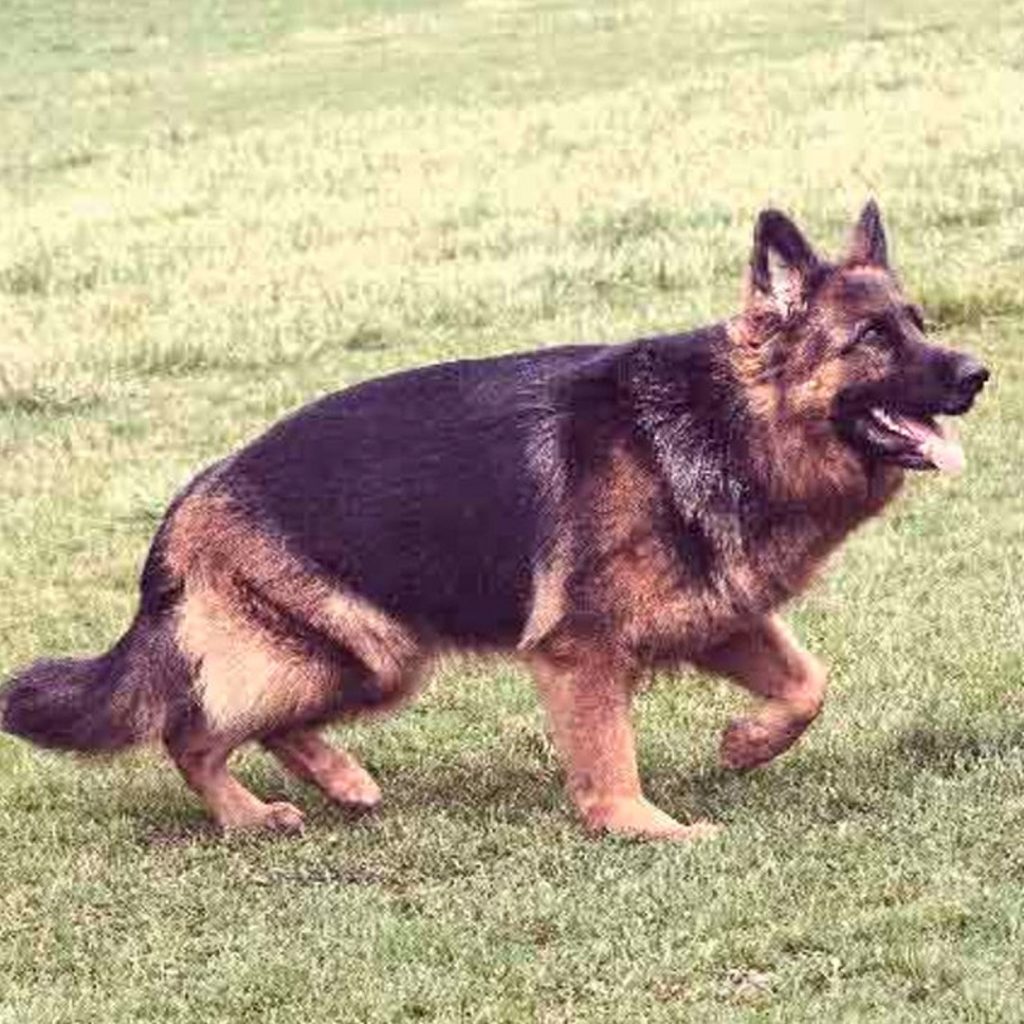The Gold Standard in Physiotherapy and Hydrotherapy for dogs
The Gold Standard in Physiotherapy and Hydrotherapy for dogs

Lumbosacral stenosis is a spinal condition of dogs that resembles a ‘slipped disc’ or ‘sciatica’ in people. As in people, many patients with lumbosacral stenosis can be managed successfully with conservative treatment, although surgery is occasionally necessary to relieve the pressure on trapped nerves.
Lumbosacral stenosis is a neurological condition where nerves at the base of the spine are compressed by a bulging disc or other tissues. Ageing may result in dehydration and degeneration of this disc which may then bulge and compress or ‘trap’ regional nerves. The resultant narrowing of the canal in the spine or the exit holes between the bones is referred to as stenosis.
Affected dogs may show signs of:
X-rays are poor for investigating lumbosacral stenosis, since the condition primarily involves the lumbosacral disc and regional nerves which are soft tissues that don’t show up on X-rays. MRI scanning is the best method for investigating many spinal conditions, including lumbosacral stenosis. It provides detailed information on the location and extent of any soft tissue compressions of the spinal nerves in the lumbosacral spine.
The majority of dogs and cats with lumbosacral stenosis can be successfully managed without the need for surgery. It is often necessary to modify exercise with avoidance of strenuous activities that involve jumping, climbing, twisting and turning. Dogs should initially be walked on a lead (short distances frequently) and exercise should be gradually increased over a number of weeks. Overweight patients should be placed on a calorie restricted diet.
The majority of affected animals will benefit from receiving pain killing medications. Anti-inflammatory agents, neuropathic drugs and muscle relaxants may all be beneficial. Lumbosacral stenosis may also be managed by injecting a long-acting steroid around the compressed spinal nerves via a lumbar puncture. Repeat injections may be necessary in some patients.
Some patients with lumbosacral stenosis require surgery in order to relieve pain, hind limb lameness and other clinical signs. Removing bone from the top of the spine is referred to as a laminectomy, whilst enlarging the exit holes between the bones is referred to as a foramenotomy.
Rehabilitation therapy is a key component in helping aid the recovery from neurological diseases. Once the vet has diagnosed your pet and completed any surgeries, our team can can step in to aid the long road to recovery.
Initial therapy may include standing exercises, as well as range of motion exercises. These are complimented with pain control and toe pinch exercises. An important part of the retraining is aquatic rehabilitation. Often, with more severe cases, one of our trained neurological hydro therapists will assist the dog whist in our underwater treadmill.
Other exercises include balance exercises, core stability and spacial resistance band walking, physio-roll balancing and home specific exercises. In the hydrotherapeutic environments, the dogs will walk and train with resistance against the water, whether walking or swimming. We also use therapeutic electrotherapies to deep-heat muscles, cryotherapy and laser therapy to aid the recovery process.
Our friendly and skilled physiotherapists are ready to help you and your dog with their rehabilitation.
The content on this page is for advice and information only and does not represent veterinary guidance or direction. Please always consult a veterinary surgeon if you are worries about your dog.